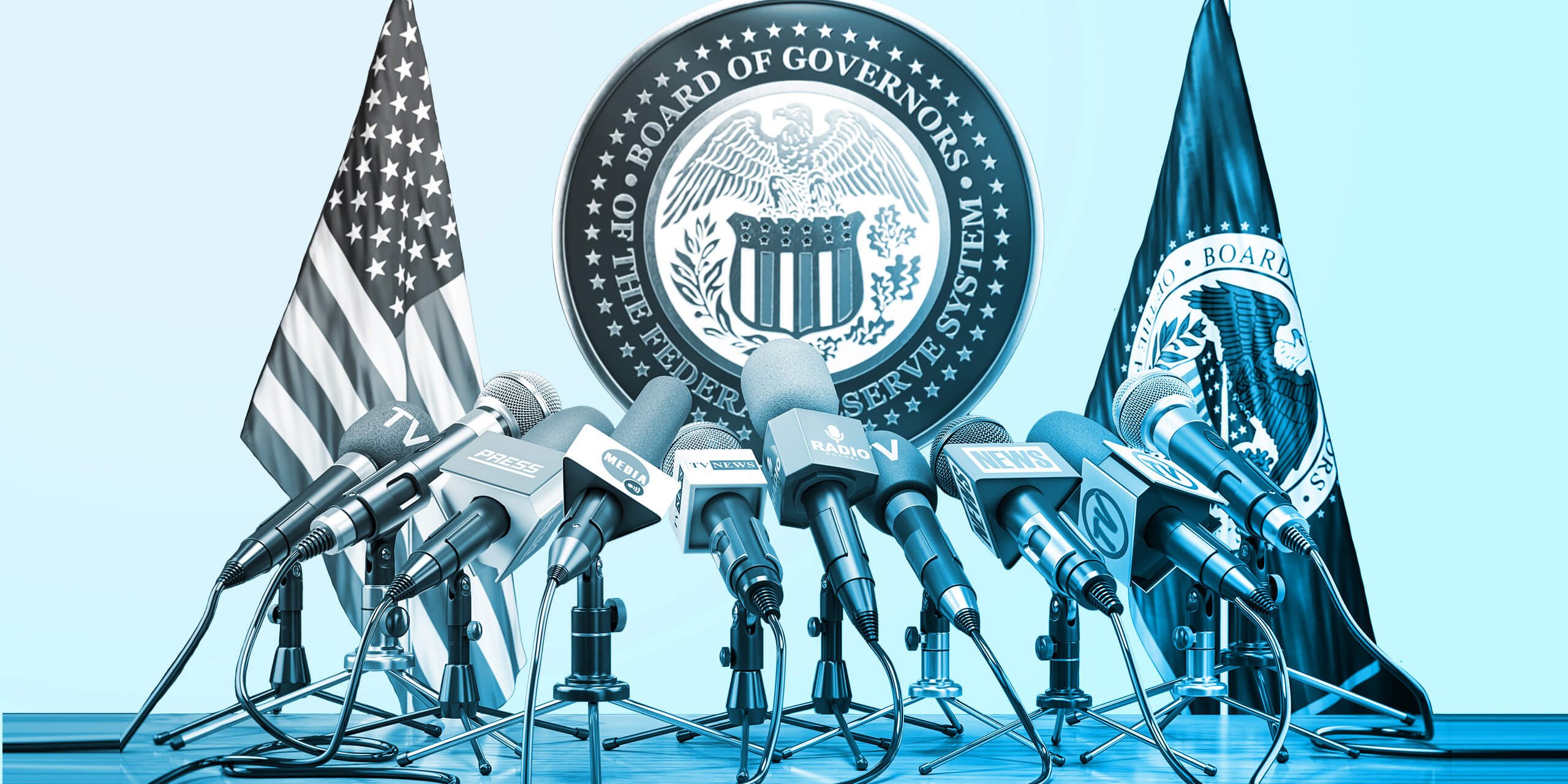
Strategas Economic Outlook: A Recession in 2023?
While the past year has been defined by high inflation, rapidly rising interest rates, and geopolitical instability, one of the big questions facing investors heading into 2023 is around the potential for recession. What are the odds of a U.S. recession happening? What would it take for one to occur? And critically, how do the actions of the Federal Reserve impact those odds?
All important questions, but first, let's take a look at how we got here.
Let's begin with inflation. While the ultimate goal of economic policy is to help balance supply and demand, this has been very difficult to achieve over the past three years amid the many significant global shocks (e.g., Covid‐19, geopolitical events). Demand has exceeded supply and generated the highest domestic inflation pressure in the past 40 years.
Enter the Federal Reserve. The Fed is an institution which, by mandate, is tasked with managing inflation (i.e., balancing supply and demand). They do so primarily by adjusting interest rates. Lower rates (or easier monetary policy) stimulate demand by making borrowing cheaper, while higher rates (or tighter monetary policy) bring demand down. At this point, it is important to make a key observation: the Fed only controls the demand side of the economy. It can influence activity by changing interest rates, but it cannot create supply of scarce goods or services. Therefore, if inflation needs to be reined in, the Fed will respond by raising interest rates to reduce demand. That is their job, and that is exactly what they've done over the past year.
The key issue is that bringing demand down, when done at extreme levels, risks sending the economy into a recession. That is the precipice we sit on today. So where to from here? First, it is likely that the Fed will need to tighten policy further. At this point, interest rates are still below the rate of inflation. We think that needs to reverse – at a minimum – before the Fed can ease off the brake.
Second, monetary policy generally acts with a lag, meaning the rate hikes that have already occurred will continue to impact the economy over the coming years.
So while some sectors of the U.S. economy are already feeling the effects of higher rates (such as housing), others, like the labor market, have been slower to respond. Thus far, we have seen a slowing in the growth of employment, but not an outright decline. In fact, the labor market remains quite strong as of this writing. Unfortunately, we expect this to change in 2023. Eventually, tighter monetary policy should lead to less demand for labor and rising unemployment.
Bottom line: risks to economic growth skew to the downside and are likely to do so for some time. Inflation must be reined in.
With tighter monetary policy, inflation should come down, but the cost is likely to be rising unemployment and a potential recession. In fact, we put the odds of a U.S. recession next year at 50%, and we believe the odds of recession in future years remain elevated until there's confidence that inflation is re‐anchored around the Fed's target.
Still, there are several cushions that could help limit the damage in 2023. There remains some excess cash savings left over from the pandemic‐era fiscal stimulus. Additionally, the U.S. labor market is so tight that there are nearly two job openings for every unemployed person. The Fed's hope is that they can tighten policy just enough to destroy job openings without destroying too many actual jobs. This would limit the economic damage typically associated with recessions.
History teaches us that inflation should be symmetrical – the steeper the increase in price pressure, the steeper the decline on the back end. While there are always one‐off events that could change this in the short run (e.g., oil price volatility), this should be the underlying trend in 2023. That is to say, the Fed should eventually feel less urgency in their fight against inflation, and that's key for getting past the downside risk to economic growth and corporate earnings. But, for now, we're still waiting.
The information offered is provided to you for informational purposes only. Robert W. Baird & Co. Incorporated is not a legal or tax services provider and you are strongly encouraged to seek the advice of the appropriate professional advisors before taking any action. The information reflected on this page are Baird expert opinions today and are subject to change. The information provided here has not taken into consideration the investment goals or needs of any specific investor and investors should not make any investment decisions based solely on this information. Past performance is not a guarantee of future results. All investments have some level of risk, and investors have different time horizons, goals and risk tolerances, so speak to your Baird Financial Advisor before taking action.

